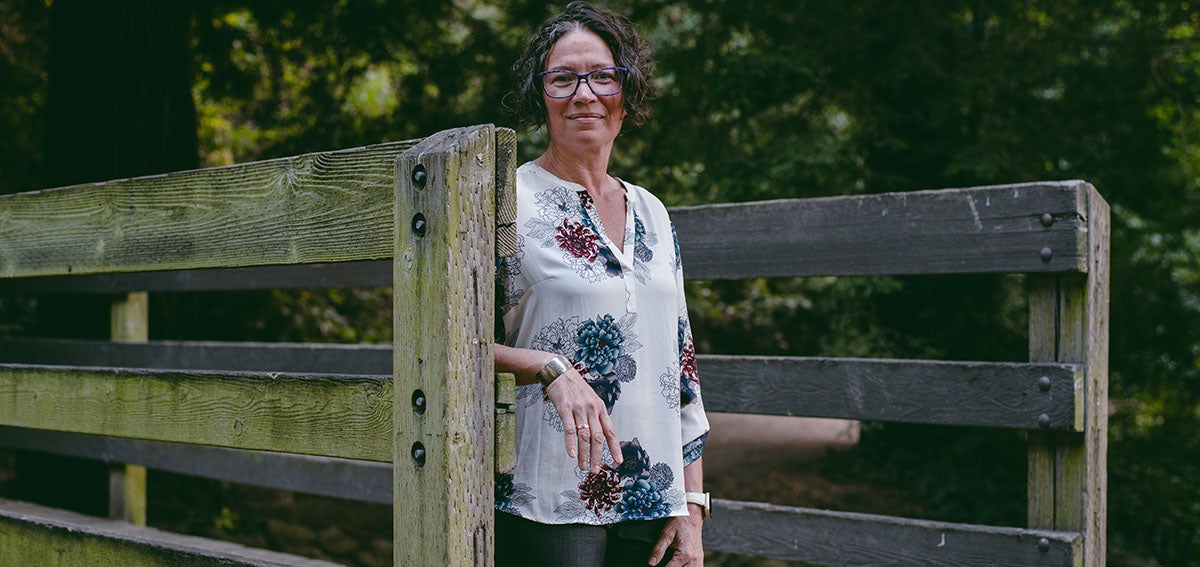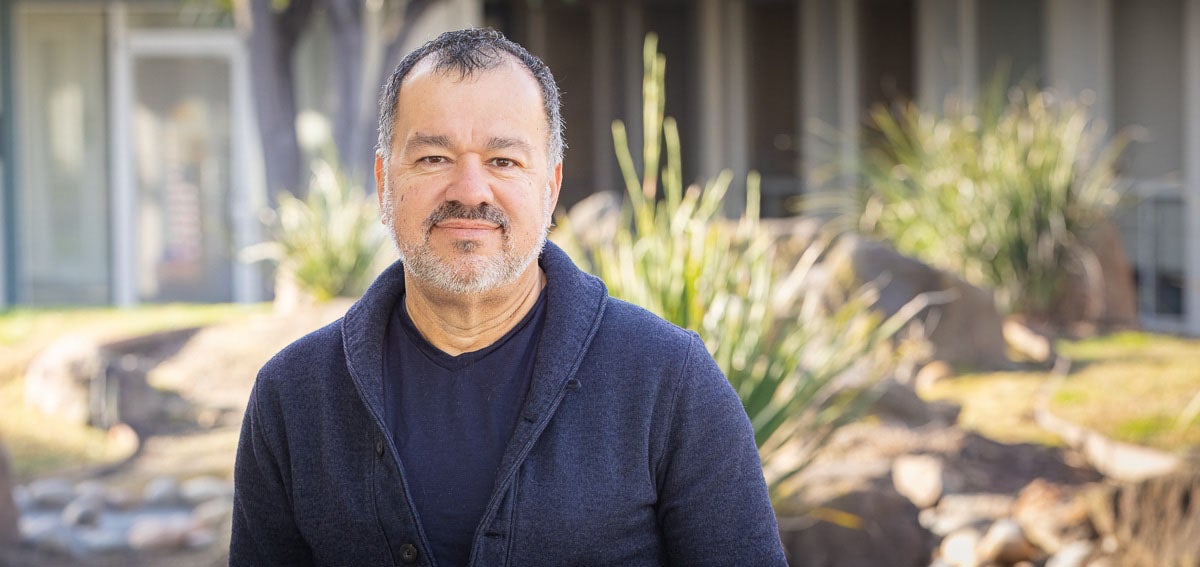
Don’t miss the companion article below, “Sobering Centers and the Gift of Empathy.”
For nearly two decades, the San Francisco Sobering Center at 1171 Mission Street has provided a haven for intoxicated people — a place where they can sober up, receive first aid, and obtain services that can set them on a better path. Recent efforts to reform Medi-Cal, the California Medicaid program, resulted in sobering center services becoming eligible for reimbursement, and that is sparking new interest in the concept. California also has a new state law enabling emergency medical services agencies to transport patients experiencing substance use issues in non-life-threatening situations to alternative care sites.
A sobering center functions as a hub connecting clients to community services. To those experiencing both substance use disorder and homelessness, it offers care coordination and access to health care, shelter, and programs for chronic use, detox, and rehab. Case managers refer clients to primary care or urgent care and housing, and help get the paperwork done, according to nurse scientist Shannon Smith-Bernardin, PhD, RN, former deputy director of the San Francisco Sobering Center and president and cofounder of the National Sobering Collaborative. She is also an alumni of the CHCF Leadership Program.
How Do Sobering Centers Work?
I recently met on Zoom with Smith-Bernardin, an assistant professor in the School of Nursing at UCSF. We talked about how the San Francisco center operates, the important role sobering centers play in clients’ lives, and the prospect of their expansion in California and nationwide. Our conversation has been condensed and edited for clarity.
Q: What drew you to the concept of sobering centers, and why did San Francisco establish one?
A: At the end of 2002, the city did an analysis of who was riding to the emergency department in the ambulances. They found that about 20% to 25% of ambulance rides and ED [emergency department] visits were for people acutely intoxicated with alcohol, and that intoxicated people spent 20% longer in an emergency department bed than non-intoxicated individuals. Despite the frequent and lengthy care, they then were discharged back out to where they came from. The goals in creating the sobering center were to help keep folks out of the ED and then offer them a location where you could engage with them longer and ideally get them to something better. I was finishing my master’s degree just as the medical respite facility, colocated with the sobering center, was opening, and it worked out.
Q: How many clients are served by the San Francisco Sobering Center?
A: The annual average is about 1,500 individuals for a total of about 5,000 visits, or around 12 to 15 visits per day. There are many repeat clients; we may see them once a week or once a month. Folks go through stages: They may have lost their housing, so we’ll see them more frequently, then they get back in a place, and we’ll see them less often.
Q: What proportion of sobering center clients are experiencing homelessness?
Around 65% to 70% are currently experiencing homelessness. Generally, 10% to 20% are dropped off by police, 35% to 40% come via ambulance, 10% to 20% are brought in by homeless outreach staff, and the rest are walk-ins. Sobering centers offer them a low barrier to care with immediate 24/7 access. People don’t have to call a number or wait until the next day. That’s a huge deal, because it allows them to be seen when they want to be seen and gives us the opportunity to help people get more connected, and in the right ways.
Q: What is peer-level staffing, and what role does it play at the center?
A: Peer-level staffers are individuals who have some lived experience with homelessness, alcohol or substance use disorder, or poverty, and they work alongside RNs, case managers, and social workers. They are a vital part of the team. Because they can identify with and have greater insight into what the individual is facing, conversations can come a lot easier.
Q: How does the center ensure the safety of clients and staff?
A: Law enforcement or emergency medical services personnel in the field assess the individual’s physical and mental state, and one of the criteria is whether the person is willing to go to the sobering center or the emergency department. If the person would rather go to the emergency room, that’s where they are taken. Also, there are protocols for monitoring the patients on-site. We have cameras. The staff is very good at de-escalating, but if someone is really getting out of hand, they’re asked to leave. If it’s bad, the police are called. That’s very rare. I remember one year, we had 4,000 encounters, and of those only 17 individuals had to be removed by police.
Q: What do the operational partners think about sobering centers?
A: Most of the referring parties, such as police and ambulance personnel, are very excited that the center exists. They like the idea that they’re helping the person and that they’re providing them with an opportunity to engage or get referred for other needs, as opposed to just dropping them at the ED or taking them to jail.
We frequently hear from emergency departments that we were helping alleviate ED overcrowding. [Sobering centers] are also popular with ambulance teams, because it’s a much faster handoff for them. At hospital EDs, ambulance crews can be forced to wait quite a while to hand off the patient if there aren’t any beds available. They call it “sitting on the wall.”
Q: Should managed care plans begin reimbursing sobering centers?
A: If the health care system is willing to help pay for these services, it will go a long way toward easing overcrowding in the ED. It can also reduce the cost burden if earlier, low-level intervention means the person won’t require admission at a later date. And it provides major benefits to law enforcement and EMS, not to mention for the individuals themselves. Substance use and poverty are not going away. All the data show massive increases in intoxication visits to emergency rooms over the past 5 to 10 years. The evidence is clear that there are huge, huge savings to the health care system when the sobering center model is used.
Q: What do you think is the most compelling aspect of this model of care?
A: It’s not just cost avoidance. It’s also about negative incident avoidance, about all the things that didn’t happen — clients who didn’t get assaulted on the street, didn’t crash their car, didn’t fall and injure their brain, didn’t end up in jail or the emergency department, who didn’t die.
You can learn more about sobering centers in California from these two CHCF publications.
Sobering Centers and the Gift of Empathy
Shannon Smith-Bernardin, PhD, RN, experienced firsthand the impact of alcohol use disorder when she was a child in Maine — family memories that inspire her compassion for people whose lives have been ravaged by substances.
That passion fueled her involvement at the San Francisco Sobering Center for more than a decade and today energizes her work as a UCSF nurse scientist. Smith-Bernardin documents the far-reaching benefits of the sobering center concept and advocates for them nationwide.
Sobering centers are short-term facilities offering a safe place for people to recuperate from acute alcohol or drug intoxication. They are credited with reducing the burden on overcrowded emergency departments and jails and lowering systemic health care costs through early disease prevention. But for Smith-Bernardin the biggest payoff comes from helping struggling people find a new way forward.
“We get to know them, their backgrounds, and what they’re battling, and they get to know us,” she said. “It’s like a family environment. It gives them the opportunity to trust people again. Many have been so disenfranchised for so long that the chances for reengaging have been few and far between.”
Smith-Bernardin said the centers are inspiring places where staff have an opportunity to watch people change their lives for the better. “When you treat people like human beings, they act like human beings. They’re kind and often very sweet,” she said. “You see a whole different person from what you would expect. I think you see the individual they probably want to be. So it’s very rewarding when you can help them get a little closer to becoming that person.”
Smith-Bernardin recalls some of the victories she witnessed at the San Francisco sobering center:
- A Vietnam veteran, wracked by acute post-traumatic stress disorder and suffering through homelessness, connected with a case manager and found permanent housing.
- A woman who always arrived at the center shoeless and spouting curse words, with bandaged feet and legs, successfully completed detox and now has permanent housing.
- A man experiencing homelessness was so grateful for the care he received that he subsequently came back to the sobering center every year on Smith-Bernardin’s birthday to present her with a dozen roses and a card containing a $20 bill.
- The client who kept falling and injuring his head until a sobering center medical assistant bought him a helmet. Because the man was a Harley-Davidson motorcycle fan, the staff attached Harley stickers to the helmet. He wore it all the time and didn’t hurt his head anymore.
Then there are those facing far less perilous circumstances who made major turns in their lives, thanks to the center.
A substantial share of the clientele arrive in the wake of a mass gathering, such as Pride Weekend or a Super Bowl, or sometimes after just a night on the town, she said. “They’re 20, they blacked out drinking, they don’t remember what happened, and now they’re waking up in what looks like a shelter,” Smith-Bernardin said. “I’ve had a lot of people come back or call or email to say that ending up at the center was a wake-up call, that they’ve been sober for a year or have made other changes in their lives because of it.”
Not all endings are good. Many clients have died and the sadness that staff experience is real, Smith-Bernardin said. They support each other — and sometimes the client’s family — through the grieving process and hold memorial services for the ones they knew well.
“Oftentimes, I would talk to the families of people who died, and they were so happy to know that someone knew their family member,” Smith-Bernardin said. “They’d say, ‘I haven’t talked to my son in 15 years,’ and they’d have no idea how they were doing. And we could tell them, ‘This is the music they liked, this is what they were up to. And yes, they died. They had a head injury because they were intoxicated and fell. But we knew them.’ Being able to have that level of engagement with individuals and their families and provide some peace . . . made it all worth it for me.”
—Bonar Menninger
Authors & Contributors

Bonar Menninger
Bonar Menninger is a business and health care writer who has worked for a wide range of organizations, both on staff and as a freelancer. He is the author of two history books and is based in Kansas City.

Marissa Leshnov
Marissa Leshnov is a self-taught portrait and documentary photographer based in Oakland, California. She often focuses on disproportionate impacts on people caused by America’s political and cultural systems, as well as the people working to bridge the gaps of inequality. Marissa contributed work to a Marshall Project article on the life-altering impact of police dog bites — an investigative story that received the 2021 Pulitzer Prize for National Reporting. She was one of 10 photographers named by Atlanta Celebrates Photography’s 2020 Ones to Watch list. Marissa frequently contributes to the New York Times, the Wall Street Journal, The Guardian, and the San Francisco Chronicle.




